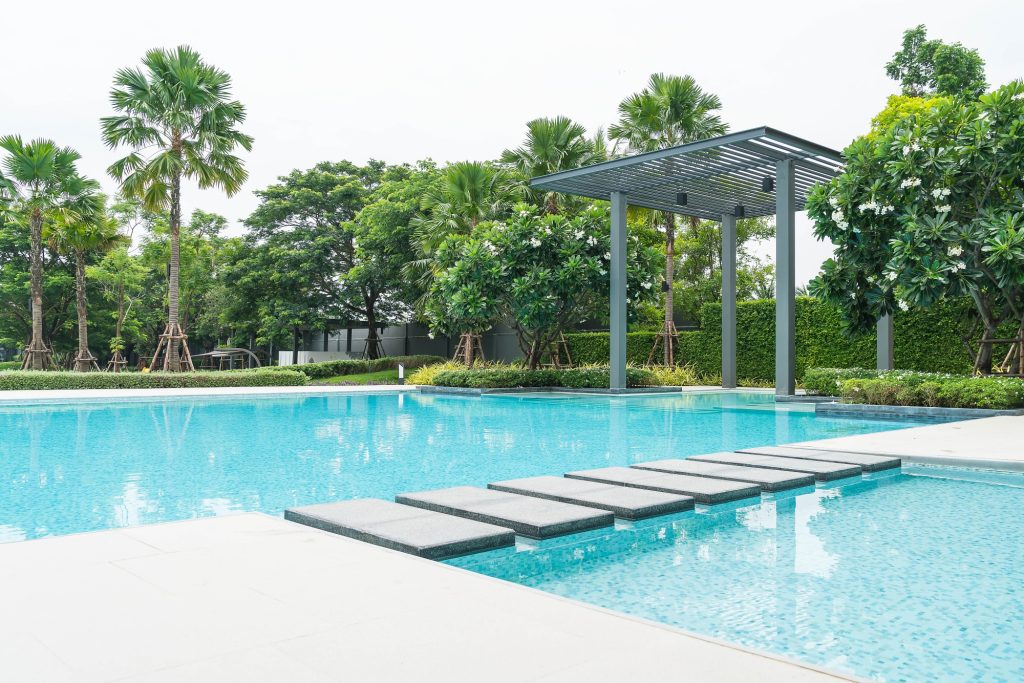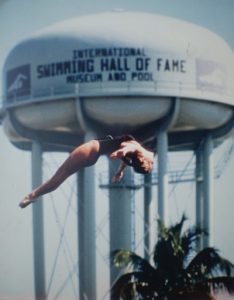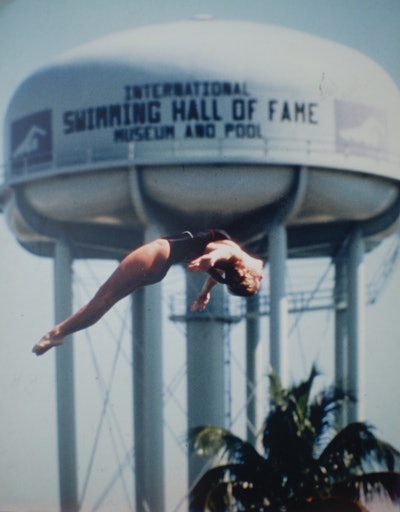By Kevin Vlietstra
The presence of chlorine in pool water is essential for the safety and comfort of swimmers. Its primary purpose is to sanitize, but it can also act as a primary oxidizer and prevent the growth of algae. If there is a surplus of chlorine, it can perform all three functions. In situations where there is a shortage of chlorine, it may be necessary to add supplementary substances. These substances can either serve to reduce the amount of chlorine needed or prolong the life of the chlorine already present in the water.
Cyanuric acid (CYA) is one of the most common additives used in this application. It is often used to preserve, protect, and stabilize chlorine in liquid or tablet form. This article will focus primarily on CYA’s role in conserving chlorine, and its impact on the water quality when it accumulates in your pool.
Understanding the role and CYA
It is important to understand the difference between chlorine with and without stabilizers when discussing cyanuric acids (CYA). The chlorine types without stabilizers include sodium hypochlorite, also known as liquid bleach or cal-hypo. The stabilized chlorine types are usually referred to by the names “trichloro”, “dichlor” and “trichloro”. These names reflect their respective production processes. Trichlor, for example, is made by reacting CYA with certain ingredients to produce a concentrated granular chlor.
CYA is introduced to the pool’s environment when dichlor or triclor are added to the fresh water. Hypochlorous acid is also produced by stabilizing chlorine. This binds to CYA. HOCl is therefore more effective when exposed to UV light and outdoor conditions. Even at a concentration of 1 part per million (ppm), chlorine will remain in the pool water for a longer period than if it were not present. When the CYA concentration is around 25 ppm or more, the UV light shields a significant amount of chloride (HOCl). 1 This prolongs the chlorine’s presence in the water and saves time and money for pool owners.
The first post Practical Approaches to Cyanuric Acid Reduction in Chlorine was published on Pool & Spa Marketing.







